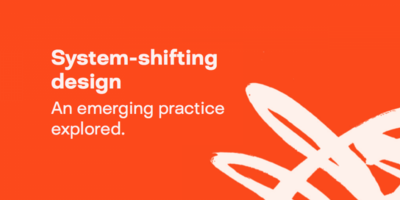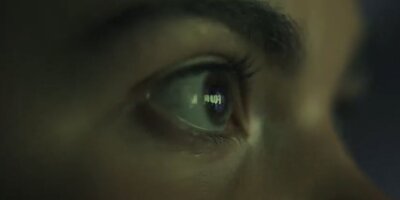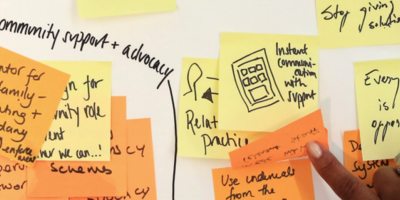Beyond 2012

Beyond 2012 was a website that gathers behind-the-scenes stories from designers who helped shape the London 2012 Olympic and Paralympic Games.
In 2005 when London was announced as the host city of the Olympics, the organisers had a huge task ahead of them – to make sure that the Games were a success and that the city wasn’t left with a 'white elephant' in Stratford once the summer was over. Design Council worked closely with the Government and bodies responsible for the Games to help them use the power of design to deliver an outstanding event and a lasting legacy.
“More than anything we wanted the Torch to symbolise modernity, and illustrate how advanced design, engineering and manufacturing are in the UK,” says designer Edward Barber.
Firstly, the London Organising Committee of the Olympic Games and Paralympic Games (LOCOG) partnered with us to write the brief and run a competition for the design and manufacture of the Olympic torch. The commission was won by Barber & Osgerby, who created a complex but beautiful piece of industrial design that later won the Design Museum's Design of the Year award.
On the busiest days, the Olympic Park had to be able to accommodate upwards of 200,000 people, yet not look empty when lower numbers were in attendance.
Secondly, Design Council Cabe set up a dedicated Design Review panel to comment on the design quality, sustainability and long-term legacy of all new buildings and spaces associated with the Games – including temporary structures such as sponsors’ pavilions, the stadium itself and masterplans for the future of the area.
Now anyone can swim in the same pool as Olympic athletes at the London Aquatics Centre, designed by AFLS+P Architects (as part of Zaha Hadid Design team).
After the London 2012 Olympic and Paralympic Games were over, the British Government struck a landmark deal with the International Olympic Committee which, for the first time, allowed designers and architects to talk about the work they had done on the Games.
We collaborated with the British Olympic Association to help the agencies and practices who had worked on the Games get the recognition they deserved. Knowing that it was important to capture and share lessons from the Olympics, we spoke to dozens of different companies to learn more about the stories behind the designs, from iconic buildings like the Aquatics Centre to the bespoke typeface. Their insights have all been gathered and made available on the Beyond 2012 website. It celebrates and showcases the groundbreaking work of British designers who were involved in London 2012 – from large practices to individual creatives – helping to raise their profiles on an international scale.
“We were inspired by the spiky, angled shape of the Olympic logo,” says creative director and designer Gareth Hague.
Subscribe to our newsletter
Want to keep up with the latest from the Design Council?



